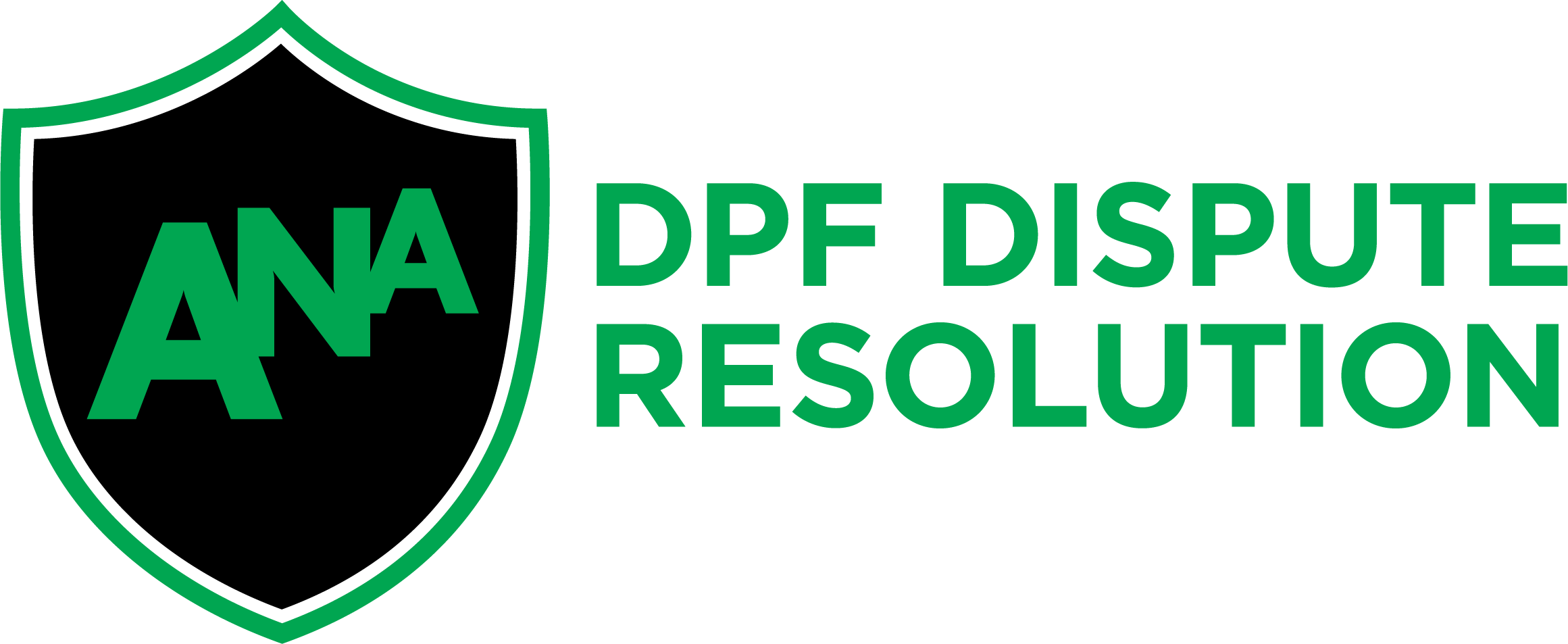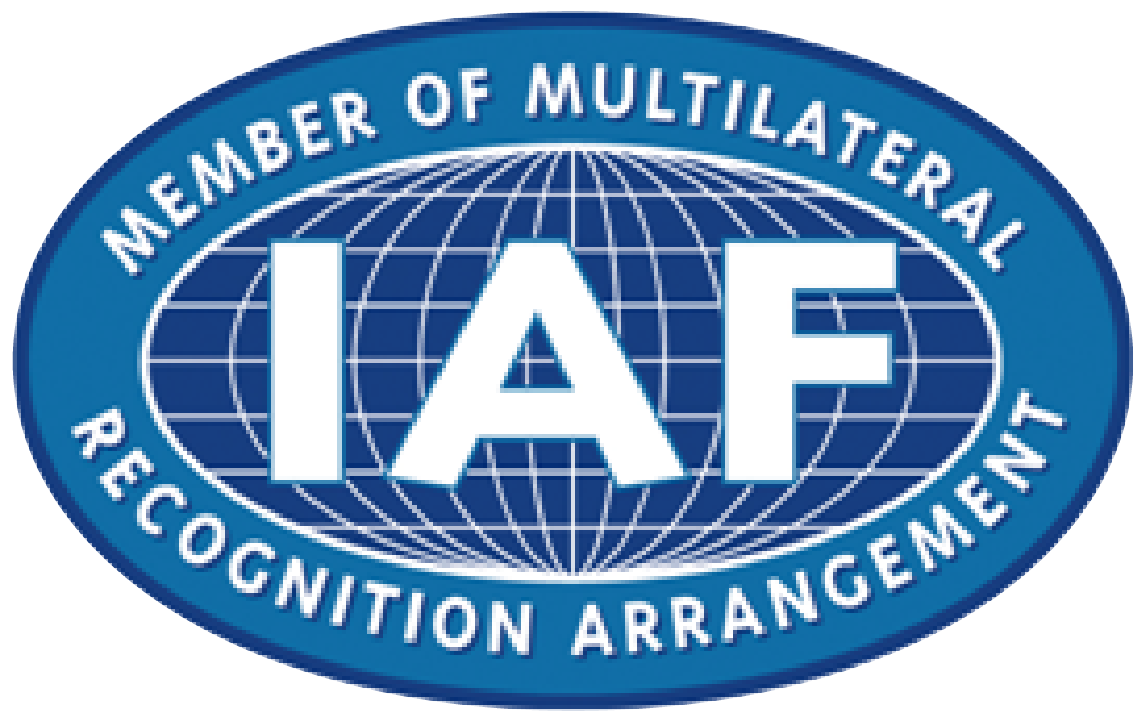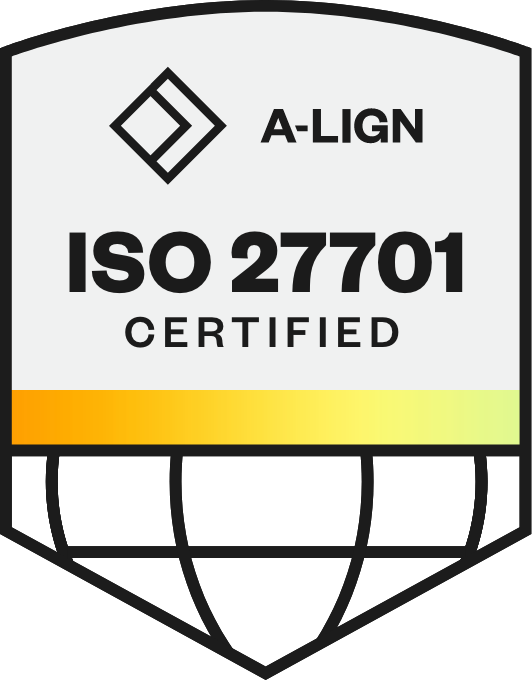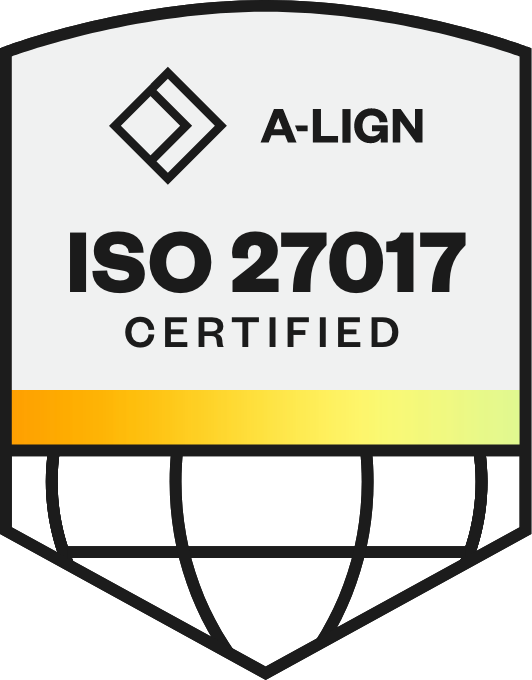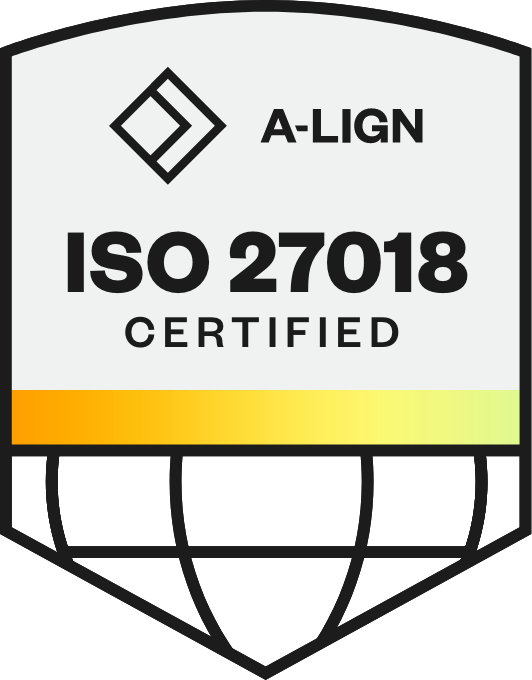
Diversity, Inclusion, and CAI’s Ally in the Room
Diversity, Equity, and Inclusion (DE&I) should go beyond a generic statement on your “About Us” page. So how do you weave it into the culture at your organization? On last week’s episode of Talent Experience Live, we spoke with Derek Herman, Director of Communications and Melissa Michael, Executive Director and EEO Officer, from CAI about how they foster inclusivity, belonging, and change within their organization. Herman and Michael also talked about their internal podcast, Ally in the Room, which celebrates their employees’ unique personal stories. If you missed this mini masterclass on innovative ways to ingrain DEI in the workplace, check it out below, or read on for the highlights. For example, the Council recently became aware that there’s a preconceived notion about the ethnic makeup of its workforce. So they’ve focused on discovering what’s behind that, and ways to counteract that assumption. Amid the societal upheaval of 2020, Herman envisioned an internal podcast that would celebrate diversity by exploring employee stories, as well as hot topics in the industry. Ally in the Room — a play on the expression “elephant in the room” — closed out its first full season this year. Guests included people with autism, caregivers of autistic children, LGBQT+ employees, and parents of LGBQT+ people. What initial challenges did you experience? And although they wanted to encourage guests to speak freely, there were still parameters to work within, Michael pointed out: “When conversations are happening, you want them to be authentic, but you also have to make sure they get that [HR] stamp of approval.” How did you identify podcast guests? They also prioritized selecting guests who represented all levels of the workforce, from the company president to junior employees. How did you prep guests? What feedback have you received on the podcast? How did you navigate the production process in the beginning? They approached the department once they got executive buy-in to create the podcast and helped the team see its potential value as a marketing channel to engage with clients and job candidates. Ally in the Room is pre-recorded. What benefits have you found with this approach? ”It’s really limitless if you sit down and get creative,” Michael added. How are ERGs facilitated? In addition to hosting events and activities, ERGs weigh in on policy decisions, giving feedback on how to make policies more inclusive. This really weaves DE&I into the fabric of organization, Herman said. What’s next for Ally in the Room? They’re also planning format changes to increase engagement and interactivity, and incorporating feedback from an outside expert to improve the show. What can companies do to continue DE&I efforts after June? There are so many low-cost yet impactful ways to support DE&I and educate employees, she added. For example, CAI created a presentation to help familiarize employees with the terminology used in the LGBTQ+ community, which helped increase comfort level and involvement. External relationships are key as well, Herman said — the outside organizations you partner with, the vendors and suppliers you use, all reflect on you as an employer. Choosing to work with diversity-centric organizations shows you’re really “putting your money where your mouth is,” he said. What are your final thoughts on DE&I? Michael emphasized how important it is to pursue leadership funding and buy-in for DEI, which means tying it back to the business case. “People and candidates are asking for this now. If you don’t do something like this, your business is going to 100% suffer for it.”
You seem to have strong executive buy-in for Ally in the Room. How has that helped the podcast be successful?
According to Herman, securing top-down support at the outset was pivotal to the success of Ally in the Room. “That’s exactly how it’s survived and thrived – because we have this executive buy-in to understand that [DE&I] is not just a nice thing to do … it is the right thing to do.”
Can you describe the approach of your DE&I Council?
The DE&I Council is another key component of CAI’s diversity efforts. It’s made up of leaders throughout the organization who span localities and ethnicities. The goal is to keep each other enlightened regarding anything impacting DE&I.
“I wanted to create a channel, an avenue for employees to have a voice to explain who they are, why they’re here, what they’re doing,” Herman said. “It was a way to get to know employees better, and better understand the business.”
Many employees were unfamiliar with the podcast format, which was an unexpected hurdle, according to Michael. Coaching guests to simply have a conversation about a topic rather than go into workplace presentation mode was “a little bit tough” at first, she said.
Laying out a month-by-month topic calendar ahead of time helped guide guest selection, Herman said. There were often monthly tie-ins: Pride Month for June, Autism Acceptance Month for April, for example.
It came down to striking a balance between putting guests at ease, without overly grooming or scripting them. Some guests needed special considerations in the prep period, like an employee on the autism spectrum who shared that staying on topic would be a challenge.
“You could really tell she had prepared herself when we actually sat down to do the interview,” Michael said. “And it was fantastic; it was so well-received. She was very eloquent in what she said — coming from the mouth of someone who was neuro-divergent to really say, ‘This is who we are, this is what we’re about, this is how we want to be treated.'"
When it comes to iterating on a podcast, listening to listeners is key. To that end, an internal email address is available for people to submit topic ideas and feedback, and Herman and Michael are open to hearing suggestions in any form.
Based on feedback, they’ve adjusted episode length down from 60 to 40 minutes and reduced the amount of time spent on announcements. Now that they’re ramping up for Season 2, they’re exploring ways to improve show accessibility and entertainment value, Herman said.
“Ally in the Room is much more than just Melissa and me,” Herman emphasized. As co-hosts, they may be the face of the podcast, but they lean on the marketing department for support with production details like editing, artwork, and music selection.
Unlike Talent Experience Live, or other shows and webinars where viewers can watch in real time, Ally in the Room is pre-recorded and then edited before release. This eases several aspects of the process:
Ally in the Room is just one way that CAI walks the DE&I talk. Herman and Michael shared these additional efforts:
“We want to give our employees a true employee experience and really be integral in their lives. We want everyone to bring their authentic selves to work, and there’s no better way than to provide these forums to say what’s on their minds and feel like they’re being heard and acknowledged,” Herman said.
ERGs at CAI have a lot of freedom. Michael meets with group leaders once a month, but other than that, “they’re on their own,” she said.
Herman and Michael are enthusiastically looking toward a second season of Ally in the Room. They plan to make the podcast available on Spotify and use it as a tool to educate people on CAI’s story.
“Ask your employees,” Michael said, emphasizing how important it is for companies to truly listen to what their workforce has to say — and lean on ERG representatives for input.
“Verbalize [DE&I efforts]. Say what you’re doing, pound your chest a little to be an example for others,” Herman said. “Use the channels that you have to promote who you are.”
Kasey is a content marketing writer, focused on highlighting the importance of positive experiences. She's passionate about SEO strategy, collaboration, and data analytics. In her free time, she enjoys camping, cooking, exercising, and spending time with her loved ones — including her dog, Rocky.
Get the latest talent experience insights delivered to your inbox.
Sign up to the Phenom email list for weekly updates!


